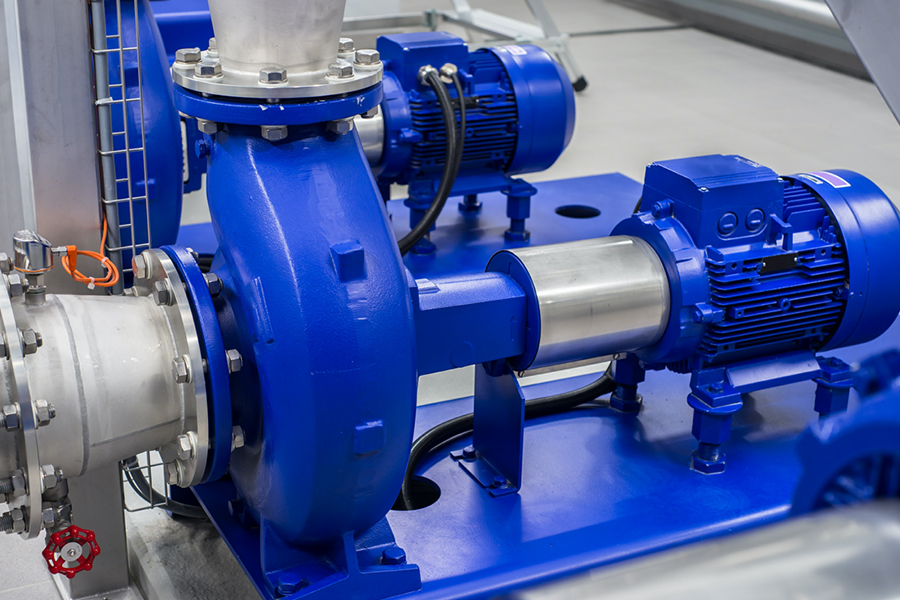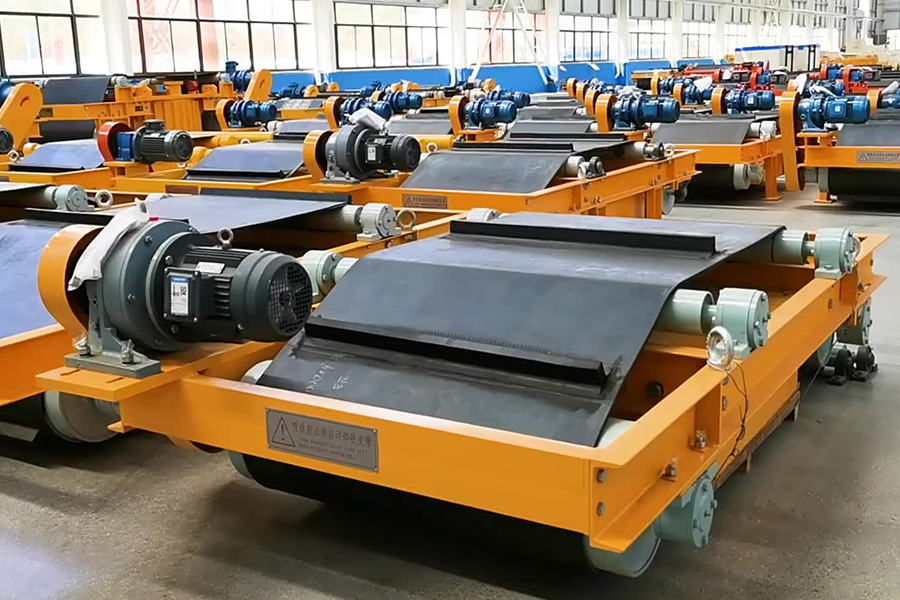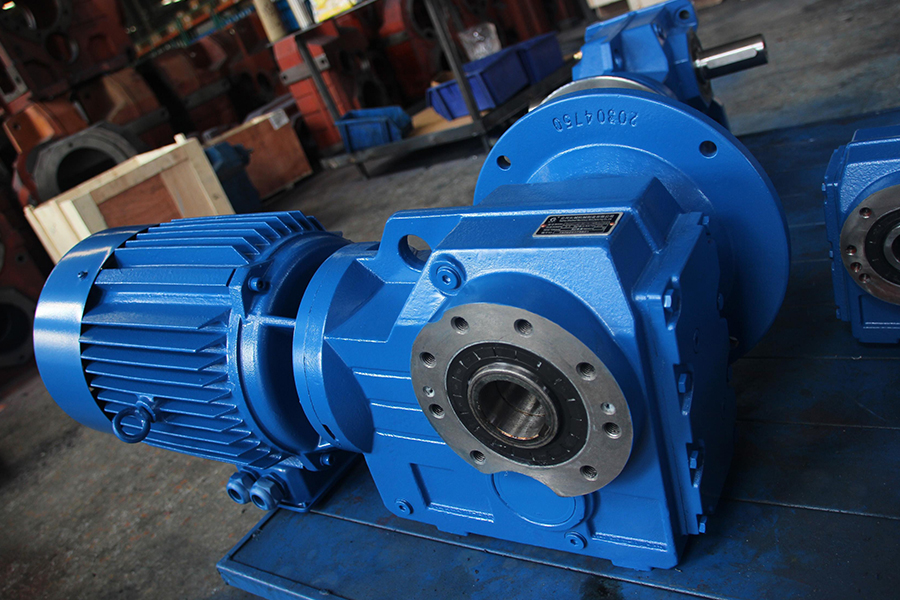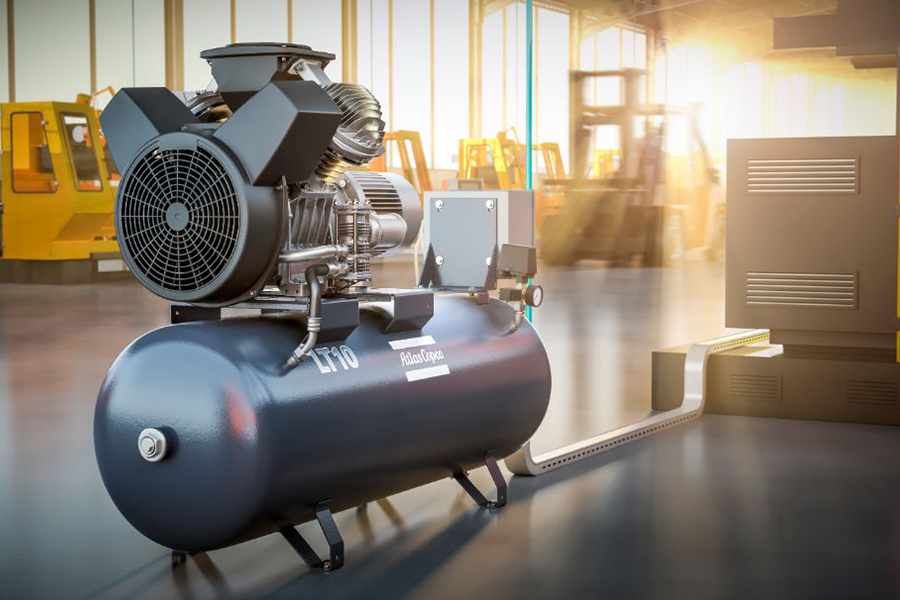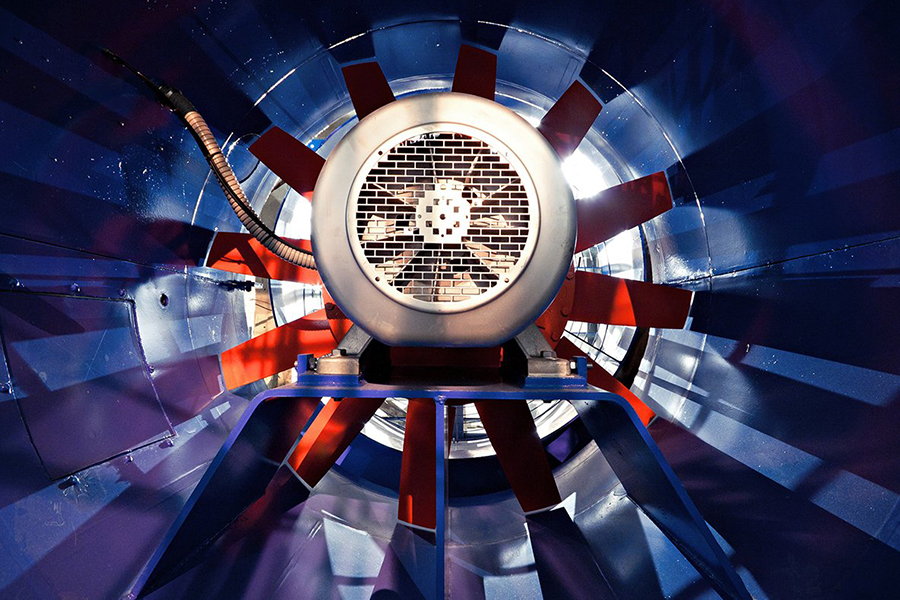While small three phase motors and three phase speed controllers are often associated with industrial applications, their role in everyday facilities is equally impactful. These components are commonly found in elevators, HVAC systems, and various household and commercial appliances, where they contribute to efficiency, energy savings, and comfort. This article explores the applications of small three phase motors and three phase speed controllers beyond the industrial sector, illustrating how they enhance daily life convenience and infrastructure functionality.
YE3 Three-Phase Asynchronous Motor
Elevators: Smooth Operation and Energy Efficiency
In the modern urban landscape, elevators are essential in buildings of all sizes, from residential complexes to high-rise offices. At the heart of many elevator systems lies a small three phase motor paired with a three phase speed controller. The motor powers the elevator movement, while the speed controller regulates acceleration and deceleration, ensuring a smooth, safe ride for passengers. By adjusting the motor's speed according to load and destination, the speed controller also contributes to energy efficiency.
An example of this technology can be seen in a recent renovation project for a multi-story apartment building. By replacing older single-phase motors with small three phase motors and adding speed controllers, the building management achieved a 15% reduction in electricity consumption while improving ride comfort and reducing mechanical wear. This setup not only improved the experience for residents but also extended the lifespan of the elevator system.
HVAC Systems: Consistent Climate Control
Heating, ventilation, and air conditioning (HVAC) systems rely heavily on motors and controllers to manage airflow, temperature, and ventilation. In these systems, small three phase motors are used to drive fans and compressors, which circulate air throughout a building. The three phase speed controller in an HVAC system allows the motor's speed to adjust according to real-time temperature needs, maintaining climate control and reducing energy waste.
For example, in a shopping mall installation, the HVAC system's fans and compressors use three phase speed controllers to match motor speed with temperature demands. This dynamic adjustment helps avoid unnecessary energy consumption, reducing electricity bills by up to 20% during peak seasons. The ability to precisely control fan and compressor speeds also results in quieter operation, improving the overall shopping experience for customers.
Air Conditioners: Efficiency and Quiet Operation in Residential Use
In residential air conditioning units, especially outdoor compressor units, small three phase motors and three phase speed controllers are increasingly popular. The motor's compact design allows for better integration in limited spaces, while the speed controller offers precise control over compressor speeds. By varying the compressor speed according to cooling requirements, these controllers reduce power consumption, making units more energy-efficient and environmentally friendly.
A case study from a home energy audit demonstrated how upgrading to a three-phase motor with a speed controller in a family's central air conditioning system reduced electricity costs by 12% during summer months. Notably, the unit ran more quietly, creating a more pleasant indoor environment. This technology also contributes to reducing the unit's carbon footprint, as the precise control cuts down on excessive energy usage.
Ventilation Systems: Reliable Performance in Critical Environments
Ventilation systems in hospitals, laboratories, and commercial kitchens require reliable airflow to ensure safe and sterile conditions. Small three phase motors are commonly used in these systems to power fans and exhausts, while three phase speed controllers manage the airflow rate. The combination of motor and controller enables ventilation systems to quickly respond to changes in demand, maintaining air quality and safety.
For instance, in a hospital's laboratory ventilation system, the use of a small three phase motor with a three phase speed controller allows precise adjustment of fan speed to match ventilation needs during different procedures. This setup provides a stable airflow, which is crucial in critical environments, while also optimizing energy use. The ability to maintain consistent ventilation without sudden fluctuations is essential in reducing airborne contaminants, supporting patient and staff safety.
Industrial Appliances for Home Use
The efficiency and durability of small three phase motors and three phase speed controllers have made them popular in household appliances with high power demands, such as washing machines and refrigerators. In washing machines, the motor and controller enable variable speeds for different washing cycles, improving washing effectiveness while saving water and energy.
A high-efficiency refrigerator with a three phase speed controller adjusts compressor speeds based on internal temperature, keeping food at the ideal freshness level. This not only enhances appliance longevity but also contributes to a lower household energy bill. These examples demonstrate how industrial-grade components are gradually being incorporated into home appliances, where they offer reliable performance and energy-saving benefits.
Choosing the Right Motor and Controller
When selecting a small three phase motor and three phase speed controller for applications outside of industrial settings, key considerations include energy efficiency, size compatibility, and reliability. Consulting with small three phase motor suppliers and speed controller experts can help identify the options based on specific needs, such as HVAC requirements, air conditioning, or appliance power levels.
Many suppliers offer custom solutions tailored for non-industrial environments, making it easy for contractors and facility managers to find the right motor-controller combination that delivers both performance and energy savings.

 English
English 中文简体
中文简体 عربى
عربى




